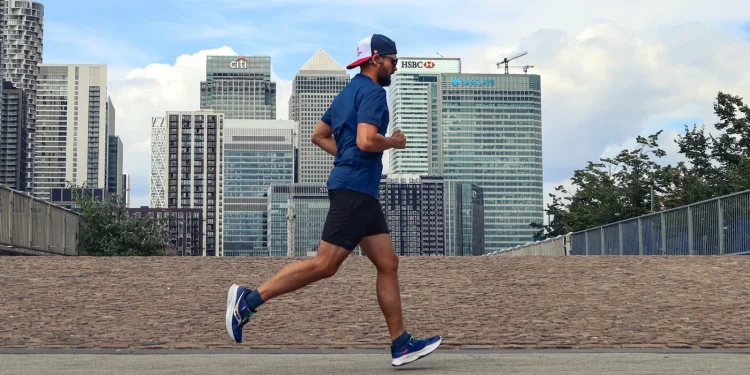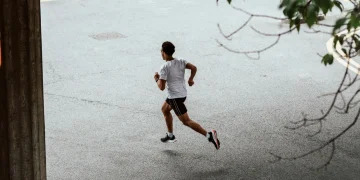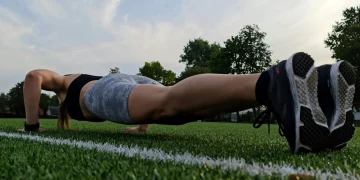Both mileage and “time on feet” are ways to track your training volume – the former tracks distance, while the latter measures the duration you’ve spent running. But which of the two should take priority when it comes to monitoring, adjusting, and progressing your training?
From a physiological standpoint, “time on feet” tends to have the upper hand. The minutes you spend running, especially at various effort levels (like aerobic or lactate threshold), largely dictate your body’s metabolic adaptations. For instance, someone who consistently runs six hours a week at an easy, aerobic pace will likely develop greater cardiovascular efficiency compared to a runner who only logs two hours weekly.
However, when looking at the physical side of training, mileage begins to stand out. Covering more distance helps build muscular strength and endurance. A marathoner running 70 miles per week is generally better equipped to handle the demands of 26.2 miles than someone running only 40 miles weekly.
From a psychological perspective, mileage becomes even more influential. Many runners gain the most confidence from tracking their weekly mileage. It often serves as a powerful mental boost.
So, which is ultimately more important? The truth is that runners at all levels – both amateur and elite – have achieved personal bests and even Olympic medals with varying training approaches. Some top marathoners race at the same pace despite logging vastly different weekly mileages, ranging from 80–90 miles to 120–140 miles per week. Similarly, some athletes focusing solely on time-based training outperform others who log comparable “time on feet” through mileage-based plans.
When it comes to performance, both mileage and time-based volume play shifting roles depending on the individual, the week, the training phase, or even the entire season. A well-rounded training plan should alternate between focusing on time and distance, depending on the specific physiological and psychological goals for that period.
In the end, there’s no universal answer to the mileage-versus-time-on-feet debate. The only constant is the need to continually adjust your training to align with your body’s and mind’s evolving adaptations. That ongoing process of thoughtful modification is the real key to improvement.






